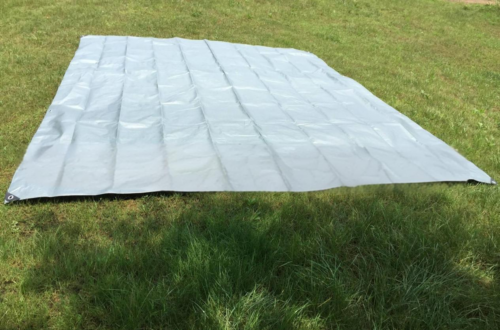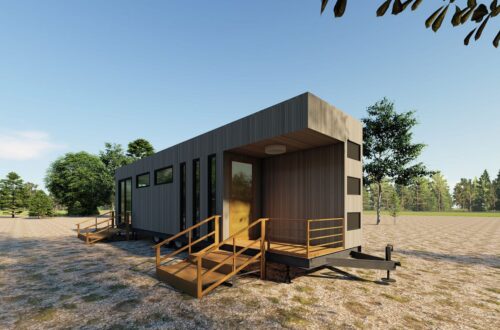Fiber Jumper Applications in Data Centers
# Fiber Jumper Applications in Data Centers
## Introduction to Fiber Jumpers
Fiber jumpers, also known as fiber optic patch cords, are essential components in modern data center infrastructure. These flexible cables with connectors on both ends serve as the vital links between network equipment, enabling high-speed data transmission across various devices.
## Key Roles in Data Center Connectivity
Equipment Interconnection
Fiber jumpers create direct connections between:
- Servers and switches
- Storage area network (SAN) devices
- Network interface cards (NICs)
- Optical distribution frames (ODFs)
Rack-to-Rack Communication
High-performance fiber jumpers facilitate data transfer between racks within the data center, supporting backbone connections that handle massive data flows with minimal latency.
## Types of Fiber Jumpers Used in Data Centers
Single-mode vs. Multimode
Data centers typically deploy both single-mode fiber (SMF) jumpers for long-distance connections and multimode fiber (MMF) jumpers for shorter runs within the facility.
Common Connector Types
- LC – Popular for high-density applications
- SC – Commonly used for SAN connections
- MPO/MTP – Essential for 40G/100G parallel optics
## Performance Considerations
Bandwidth Requirements
Modern data centers require fiber jumpers that support:
- 10G, 40G, and 100G Ethernet
- 16G and 32G Fibre Channel
- Emerging 400G standards
Low-Latency Transmission
High-quality fiber jumpers minimize signal loss and latency, which is critical for:
- Financial trading applications
- Real-time data processing
- Cloud computing services
## Cable Management Best Practices
Proper Length Selection
Choosing the right jumper length (typically 1m to 30m) helps maintain:
- Neat cable organization
- Optimal bend radius
- Efficient airflow for cooling
Color Coding
Standardized color schemes (yellow for SMF, orange for OM3/OM4 MMF) enable quick identification and reduce installation errors.
## Future Trends in Fiber Jumper Technology
As data centers evolve, fiber jumpers are adapting to support:
- Higher density MPO connectors
- Bend-insensitive fibers
- Intelligent optical connectivity with embedded sensors
- Pre-terminated solutions for faster deployment
## Conclusion
Fiber jumpers remain fundamental to data center operations, providing the flexible, high-performance connectivity needed in today’s demanding network environments. As bandwidth requirements continue to grow, the role of advanced fiber jumper solutions will only become more critical in maintaining efficient, reliable data center operations.
Keyword: fiber jumper


